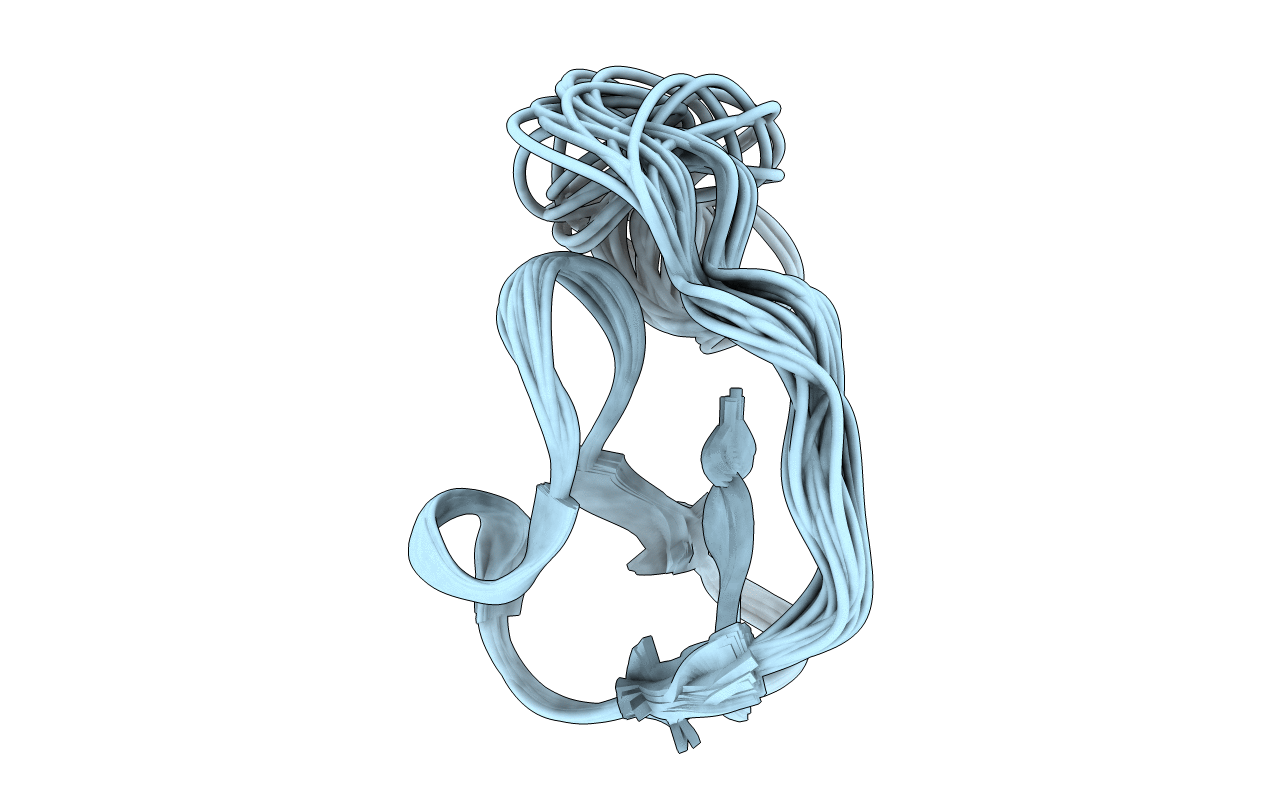
Deposition Date
2001-04-02
Release Date
2001-04-12
Last Version Date
2024-10-16
Entry Detail
PDB ID:
1HA9
Keywords:
Title:
SOLUTION STRUCTURE OF THE SQUASH TRYPSIN INHIBITOR MCoTI-II, NMR, 30 STRUCTURES.
Biological Source:
Source Organism:
MOMORDICA COCHINCHINENSIS (Taxon ID: 3674)
Method Details:


